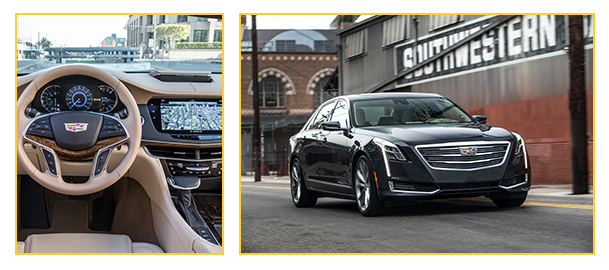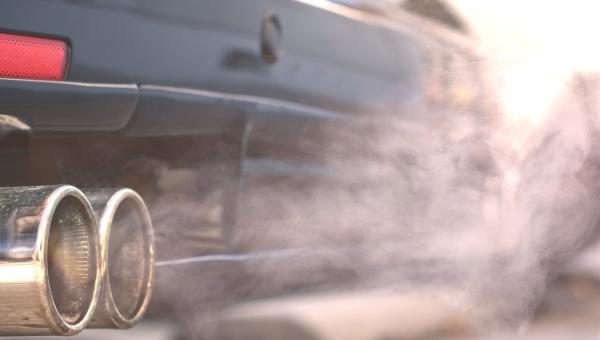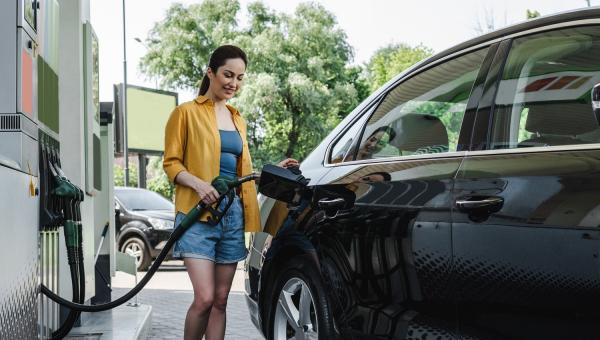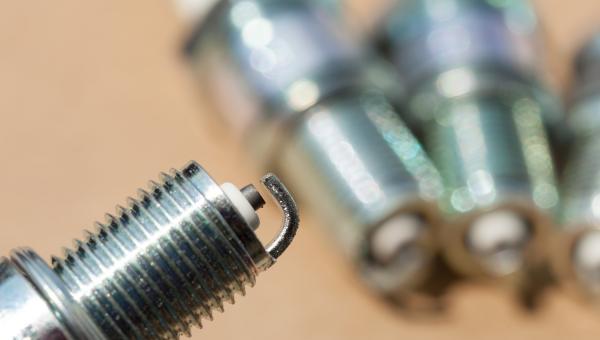Test Drive Notes Library
-
 Pros
Pros
You can read our latest review of the whole CT6 here.
We were just interested in one additional feature — Cadillac’s version of Tesla’s autopilot (hopefully without the crashing). It’s called Super Cruise. And we borrowed a 2018 CT6 to try it out.
- It works. Once engaged, it does a good job of keeping the car centered in its lane, and combines that trick with adaptive cruise control to speed up and slow down in highway traffic. You can drive without “driving” for an extended period of time.
- As long as you’re paying attention (there’s a camera that keeps its eyes on you, and knows when you’re not), Super Cruise will maintain control of the car. If you need to change lanes, or merge or exit, it will signal you to take control of the wheel.
- It’s kind of like when the original cruise control first came out. It allowed you to relax a little more on long highway trips by letting you remove your foot from the accelerator. Super Cruise allows you to remove your foot from the accelerator, and the brake, and take your hands off the wheel. Since you still have to pay attention and watch the road (you’re the safety backup plan), it doesn’t let you watch Game of Thrones during your commute, but the argument is it allows you to relax more on highway trips — or in highway traffic jams. And it certainly is nice in stop-and-go highway traffic.
- The steering part of the Super Cruise system worked very well. We never felt like we were leaving our lane, nor did we feel like we were ever jerked back into the lane. It just cruised in the center of the lane.
-
 Cons
Cons
- It only works under certain conditions — on divided highways with limited entrance and exit ramps, and no cross streets. OK, fair enough. If you live and drive on highways in and around a city, you may find that there are lots of times when Super Cruise gives you a “not available” message. It prefers open highways. It also often asked us to “center the car in the lane” before taking control.
- Adaptive cruise control still has some development work to do. Adaptive cruise control (which is part of the Super Cruise system, and is available on lots of cars now) maintains a set distance from the car in front of you. But adaptive cruise control can’t (as of this writing at least), recognize brake lights. So as the driver, you can see that the car up ahead is slowing down before the adaptive cruise control system does. As a human, you’d then take your foot off the accelerator and be prepared to brake. But adaptive cruise control waits until it measures the minimum distance before braking. So it can be disconcerting to have your car still accelerating while you see brake lights ahead. There’s a similar phenomenon when cars change lanes into your lane. You can often see them signaling, or starting to merge before the adaptive cruise control senses that there’s an object now in your lane. So braking can be more sudden and unsettled than you might expect. We don’t doubt it’s safe. It just doesn’t anticipate things like humans do and makes for some uncomfortable braking on crowded highways. Give it a year.
Test Drive Notes Library
Get the Car Talk Newsletter
 Pros
Pros Cons
Cons


